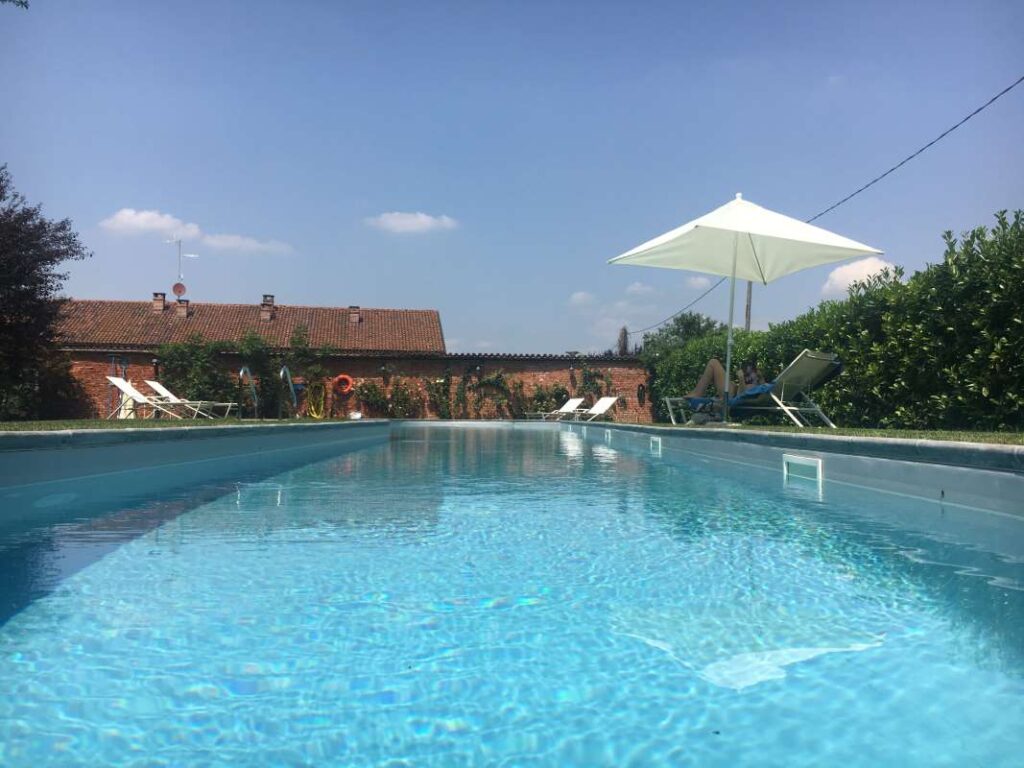Evaluating the Financial Impact of Seasonal Promotions
Discover how to evaluate the financial impact of seasonal promotions and make strategic decisions that maximize your business’s profitability.
In today’s competitive market, seasonal promotions are not just a marketing gimmick; they are a vital part of a well-structured sales strategy. As businesses look to capitalize on peak seasons, understanding the financial impact of these promotions becomes crucial. This blog post delves deep into how to effectively evaluate the financial benefits and costs associated with seasonal promotions. We will explore key metrics, analyze case studies, and share best practices that can help businesses make informed decisions while enhancing their profitability.
Understanding Seasonal Promotions
– Seasonal promotions refer to marketing campaigns and sales strategies tailored to specific times of the year, such as holidays, summer sales, or back-to-school events.- The primary goal is to boost sales during peak demand periods, attracting potential customers who are specifically looking for products or services related to those seasons.- Examples include holiday discounts, summer clearance sales, and promotional events tied to local festivals or sporting events.To illustrate the financial potential of seasonal promotions, consider a pool service company like Superior Pool Routes. They can implement summer promotions to attract customers in regions with high demand for pool maintenance, thereby driving sales and increasing the number of accounts in their service portfolio.
Setting the Stage for Financial Evaluation
Before diving into the specific metrics used to evaluate seasonal promotions, it’s essential to establish a baseline understanding of your current financial status. Here are critical steps to prepare for an effective evaluation:1. Set Clear Objectives: Determine what you aim to achieve with your seasonal promotions—whether it’s increasing sales volume, gaining new customers, or enhancing brand awareness. 2. Analyze Historical Data: Review past promotional campaigns to understand their impact on sales. Look for patterns and insights that can inform future strategies.3. Budgeting for Promotions: Allocate a budget for your seasonal promotions, factoring in costs such as advertising, discounts, staffing, and inventory adjustments.4. Define Key Performance Indicators (KPIs): Establish KPIs that will enable you to measure the success of your promotions. Common KPIs include: – Sales Growth: Measure the percentage increase in sales during the promotional period compared to previous periods. – Customer Acquisition Cost (CAC): Calculate the cost associated with acquiring new customers through the promotion.Proper preparation ensures that you are equipped to evaluate the success of your seasonal promotions accurately.
Analyzing Cost vs. Benefit
Understanding the financial impact of seasonal promotions requires a thorough analysis of both costs and benefits. Here are some aspects to consider:- Costs of Promotions: – Direct Costs: These include discounts offered, marketing expenses, and any additional staffing required to handle demand. – Indirect Costs: Consider the potential impact on the brand’s perceived value due to excessive discounting. For instance, frequent promotions might lead customers to only purchase during sales periods, affecting long-term profitability.- Benefits of Promotions: – Increased Sales Volume: A successful promotion can lead to a significant rise in sales, driving revenue during typically slow periods. – Customer Acquisition: Promotions can attract new customers, expanding your customer base. For example, Superior Pool Routes can leverage seasonal promotions to gain accounts at a time when pool maintenance is in high demand. – Enhancing Customer Loyalty: Well-executed promotions can foster goodwill and improve customer retention, leading to repeat business beyond the promotional period.To illustrate this further, consider a promotional campaign that offers a 20% discount on pool maintenance services during the summer months. While the direct cost of the promotion may reduce profit margins temporarily, the influx of new customers can lead to long-term contracts, ultimately boosting overall profitability.
Utilizing Data Analytics for Improved Decision Making
With advancements in technology, businesses now have access to a wealth of data that can significantly enhance the evaluation of seasonal promotions. Here are some tips for leveraging data analytics:1. Track Real-Time Sales Data: Use point-of-sale systems to monitor sales during promotions. Analyze which products or services are selling well and adjust your strategy accordingly.2. Customer Behavior Analysis: Utilize customer relationship management (CRM) tools to analyze purchasing patterns. Understanding which demographics respond best to seasonal promotions can help tailor future campaigns.3. Forecasting Models: Implement predictive analytics to forecast the potential impact of seasonal promotions. By analyzing historical data and market trends, you can project expected sales and adjust your promotional strategies accordingly.4. A/B Testing: Test different promotional strategies to see which performs best. For example, you could try different discount percentages or marketing channels to determine which yields the highest return on investment.By harnessing the power of data analytics, businesses can make more informed decisions, leading to better outcomes for seasonal promotions.
Best Practices for Successful Seasonal Promotions
To maximize the financial impact of seasonal promotions, here are some best practices that businesses should consider:- Create a Sense of Urgency: Utilize limited-time offers to encourage immediate purchases. Highlighting the end date for promotions can motivate customers to act swiftly.- Leverage Social Media: Promote your seasonal deals across social media platforms. Engaging posts and targeted ads can significantly enhance visibility and reach a broader audience.- Segment Your Audience: Personalize promotions based on customer segments. Tailoring messages to specific demographics can lead to higher engagement and conversion rates.- Evaluate and Iterate: After each campaign, review the outcomes against your KPIs. Use this feedback to refine future promotional strategies and enhance effectiveness.For example, companies in the pool service industry can offer targeted promotions based on geographic data, ensuring that their marketing efforts align with customer needs. This strategic approach can be particularly beneficial in regions where seasonal demand for services is pronounced.
Conclusion
In conclusion, evaluating the financial impact of seasonal promotions is critical for businesses aiming to thrive in a competitive landscape. By understanding the costs and benefits associated with these promotions, leveraging data analytics, and implementing best practices, companies can enhance their profitability and ensure long-term success.As you consider your next seasonal promotion, remember that careful planning and evaluation can lead to richer rewards. Start thinking about how you can implement these strategies into your promotional campaigns, and don’t hesitate to reach out to experts in the field, like those at Superior Pool Routes, who can assist you in optimizing your promotional efforts. Explore
Pool Routes for Sale to see how you can benefit from a structured approach to seasonal promotions and boost your business today!



